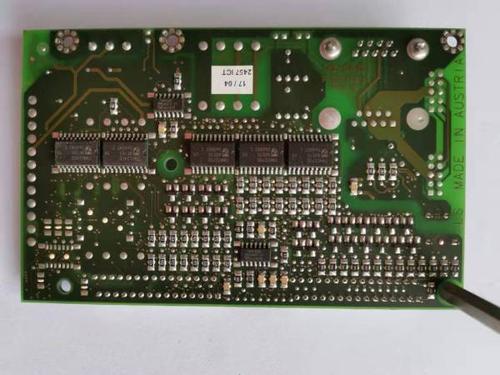 +86 755 2794 4155
+86 755 2794 4155  sales@knownpcb.com
sales@knownpcb.com
-
Shenzhen KNOWNPCB Technology Co., Ltd.
 +86 755 2794 4155
+86 755 2794 4155  sales@knownpcb.com
sales@knownpcb.com
 2023-11-24
2023-11-24
 260
260

Single panel
Single sided boards are on the most basic PCB, with parts concentrated on one side and wires concentrated on the other side (when there are SMD components, they are on the same side as the wires, and plug-in devices are on the other side). Because wires only appear on one side, this type of PCB is called a single side. Because single panels have many strict restrictions on the design of wiring (as they only have one side, wiring cannot cross and must be routed independently), only early circuits used such boards.
Double-sided board
Double sided boards have wiring on both sides of the circuit board, but to use wires on both sides, it is necessary to have appropriate circuit connections between the two sides. The "bridge" between these circuits is called a guide hole (via). A guide hole is a small hole filled or coated with metal on a PCB that can be connected to wires on both sides. Because the area of the double-sided board is twice that of a single panel, the double panel solves the difficulty of staggered wiring in a single panel (which can be connected to the other side through holes), making it more suitable for use in more complex circuits than a single panel.
Multilayer board
Multi Layer Boards use more single or double-sided wiring boards to increase the area that can be wired. A printed circuit board that uses one double-sided inner layer, two single-sided outer layers, or two double-sided inner layers, and two single-sided outer layers, and is interconnected with conductive graphics according to design requirements through positioning systems and insulating bonding materials, becomes a four or six layer printed circuit board, also known as a multi-layer printed circuit board. The number of layers on a board does not necessarily represent several independent wiring layers. In special cases, empty layers are added to control the board thickness. Usually, the number of layers is even and includes the outermost two layers. Most motherboards have a structure of 4 to 8 layers, but technically, it is possible to achieve nearly 100 layers of PCB boards. Large supercomputers mostly use multiple layers of motherboards, but because these types of computers can now be replaced by clusters of many ordinary computers, ultra multi layer boards are gradually no longer used. Because the layers in a PCB are tightly integrated, it is generally not easy to see the actual number, but if you carefully observe the motherboard, you can still see it.

Or call +86 755 2794 4155
Inquiry Now

